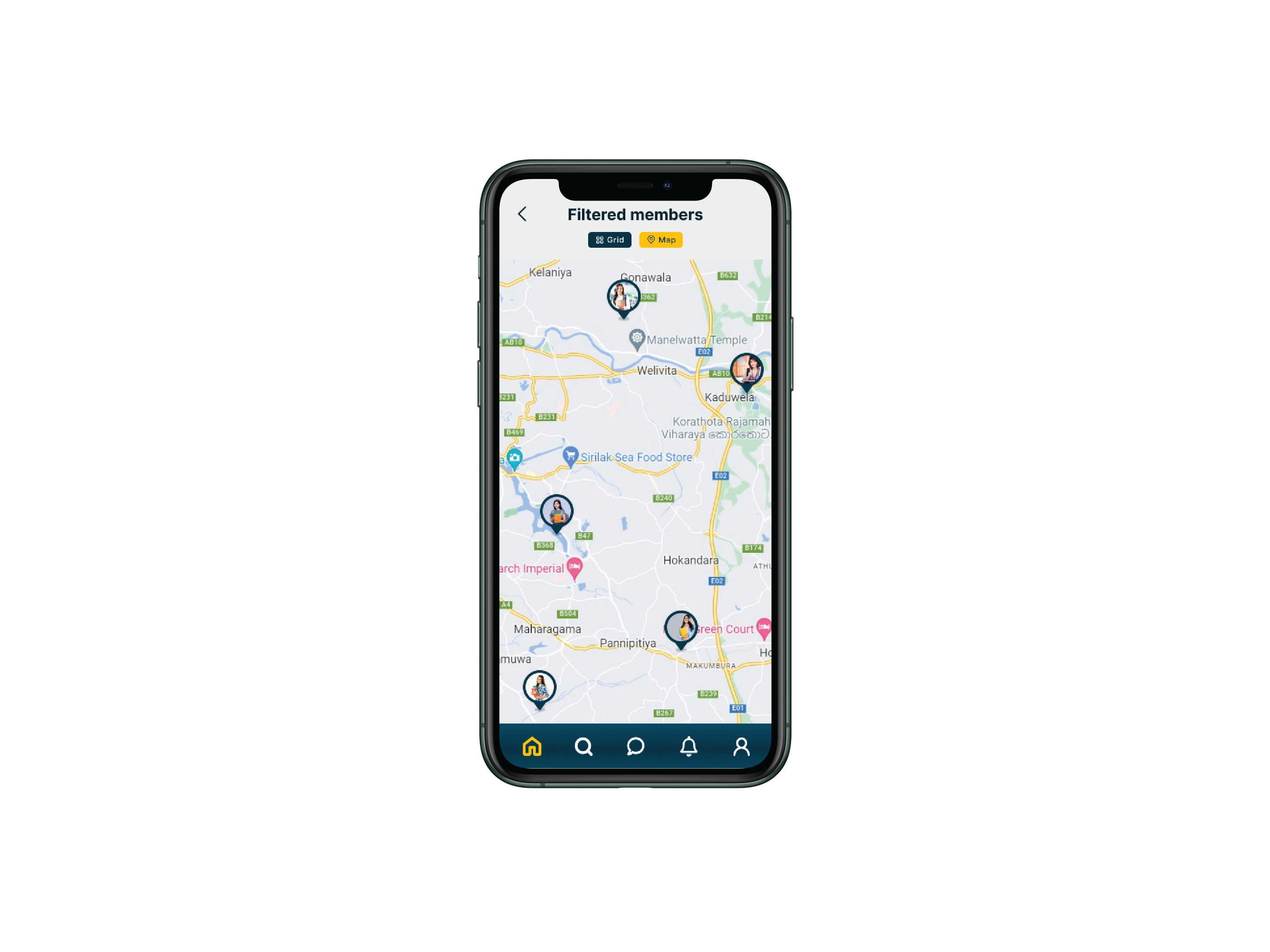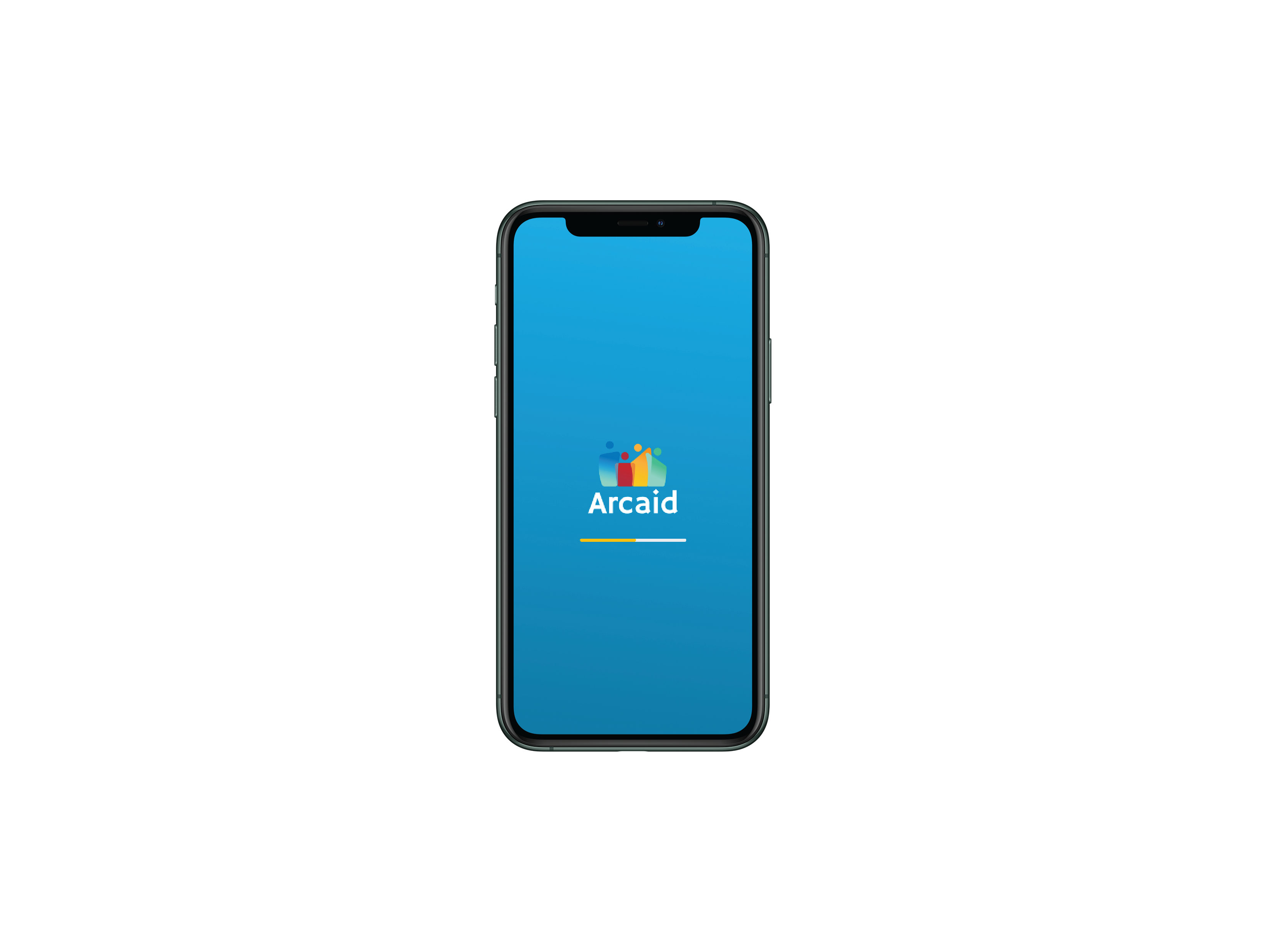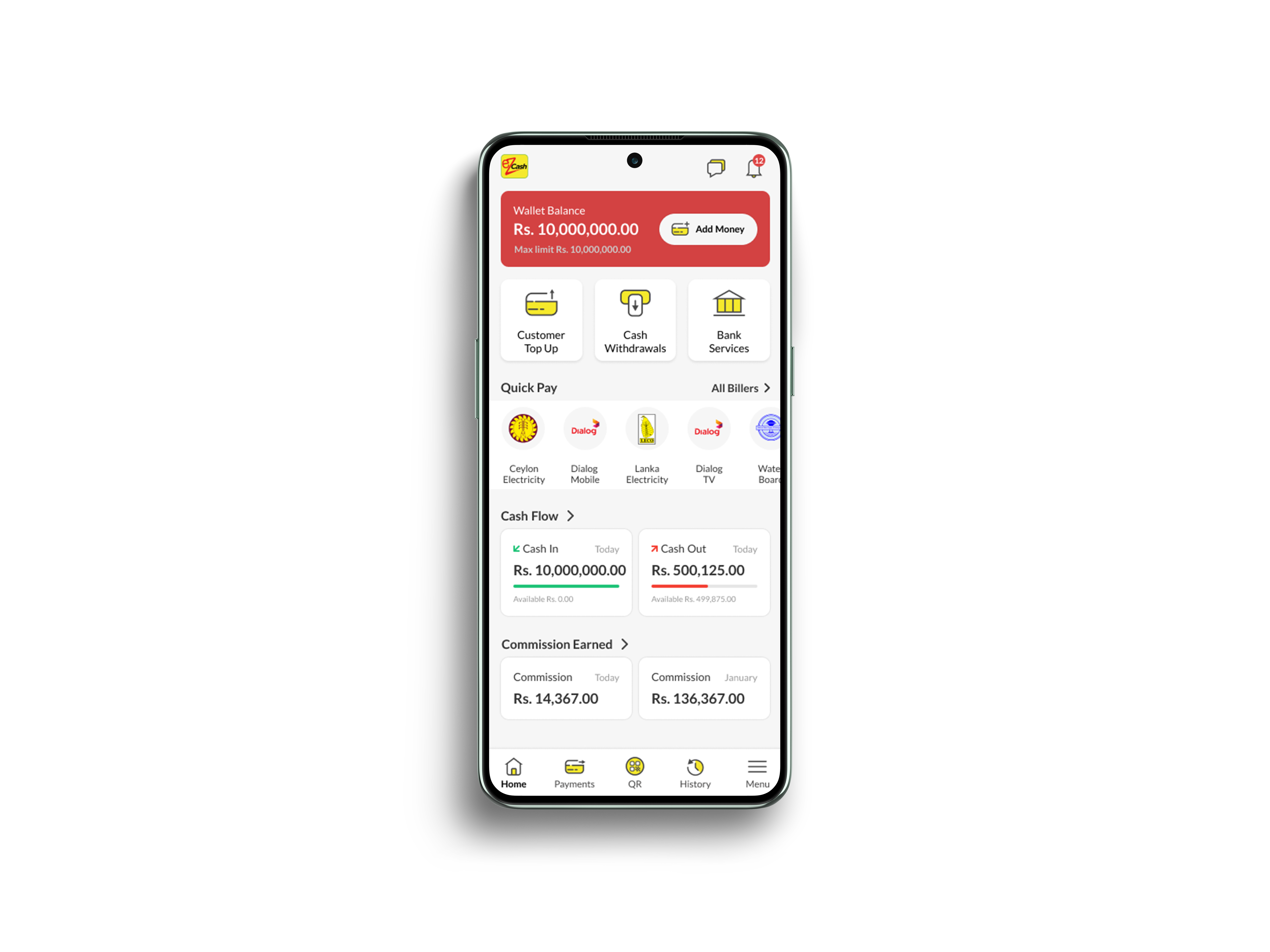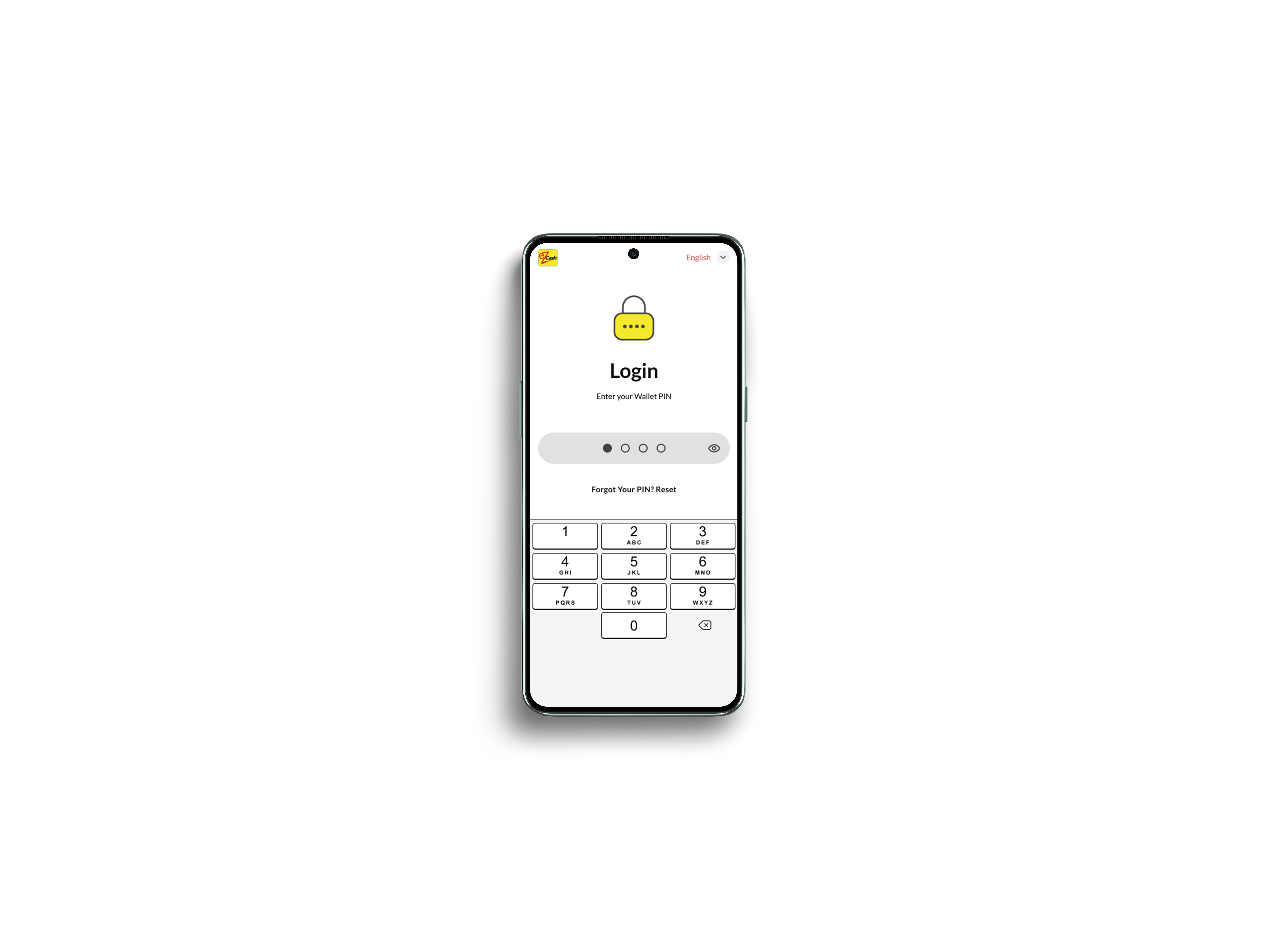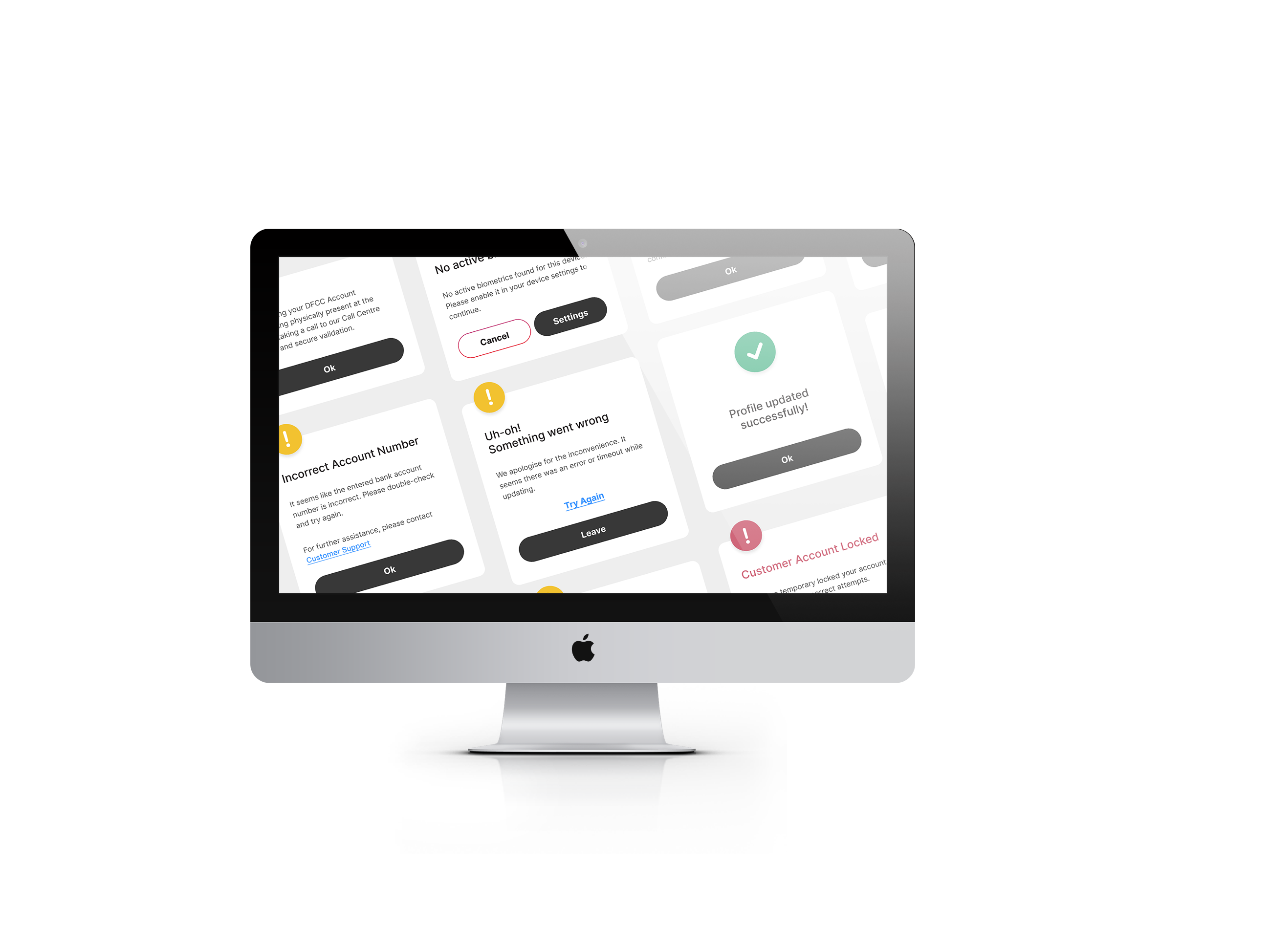This case study reflects collective efforts in designing a mobile game for children between the ages of 5-6. This conceptual game focuses on identifying children's abilities from a younger age through a set of gamified tasks and provides a detailed analysis of their abilities so that parents can use it to help direct their children on their potential future pathways.
The process of creating a child-oriented mobile application consisted of many steps including empathizing, user experience research, ideations including brainstorming and mapping, user testing such as paper prototype testing, A/B testing, and creating physical and digital prototypes such as low-fidelity prototypes, mid-fidelity prototypes and high fidelity prototypes. Along this journey of creating the mobile application, there were a lot of failures and many challenges. Nevertheless, we were able to execute a decent high-fidelity prototype in the end by mitigating all the errors with constant user testing.
My Role
As the UX Project Lead of this project, I engaged in creating a UX strategy for the entire project defining our priorities and how we are going to achieve them. I defined our goals and also our ways of working. Together we followed an iterative design process correcting the visual and functional errors after each user test while keeping the whole team on the same page and ensuring that we are achieving the goals by meeting deadlines.
Design Process
Following the ‘Stanford design thinking model’ helped us make fewer mistakes along the way and increased our productivity.
Empathizing
We chose 5-6 aged children as our target group and we followed the framework of ‘Developmentally Situated Design (DSD)’ cards introduced by Bekker and Antle as a guide to initiate observations and interviews for the children. We went into the contexts of the children that we chose and first without doing anything, we observed their behaviour carefully without interrupting them to identify their routine, habits and daily activities. Then we interviewed them and their parents to understand their cognitive, social, personal, and emotional behaviour.
We also developed a few activities to be done using clay, building blocks and other simple things to identify their behaviour. These activities helped us to understand specific areas of their development such as locomotion, reading, following instructions, problem-solving, attention, emotional expression, understanding and empathy, emotional regulation, gross manipulation, fine manipulation, social behaviour, self-esteem, perspective-taking and friendships.
We also developed a few activities to be done using clay, building blocks and other simple things to identify their behaviour. These activities helped us to understand specific areas of their development such as locomotion, reading, following instructions, problem-solving, attention, emotional expression, understanding and empathy, emotional regulation, gross manipulation, fine manipulation, social behaviour, self-esteem, perspective-taking and friendships.
Major Observations and Insights gathered
1. Parents are the major influential factor in 5-6 aged children.
2. Identifying a child's abilities at this age can aid them in shaping their future.
3. Developing the 4 major skills namely social, emotional, cognitive and physical is essential for a healthy child's growth.
4. Children of age 5-6 get easily distracted and carried away. Therefore, parents/adults act as their major influential factor.
2. Identifying a child's abilities at this age can aid them in shaping their future.
3. Developing the 4 major skills namely social, emotional, cognitive and physical is essential for a healthy child's growth.
4. Children of age 5-6 get easily distracted and carried away. Therefore, parents/adults act as their major influential factor.
Also, we consulted a child psychologist and presented our ideas and findings to gain more advice on how child psychology works. Here, we came to know that children in age groups 5-6 love playing with building blocks and it is a better approach to identify them.
Defining
Identified problem - Dreams and ambitions of Sri Lankan children are being killed by parents to create a stereotypic lifestyle, forcing them to become doctors and engineers from childhood. This is a disaster and will ruin adulthood as well.
Insight - Activities done at a younger age are reflections of the true passions of children.
Goal - To create a mobile game to analyze child psychology to determine or identify the personal interests and true passions of the children.
Goal - To create a mobile game to analyze child psychology to determine or identify the personal interests and true passions of the children.
Ideation
After numerous brainstorming sessions and ideations, we decided to develop an application to identify children’s abilities at an early stage of their lives so that it becomes an aid to them to pursue their dreams in the future. That’s when the brilliant idea of the ‘Build Smart’ app was begotten, which incorporates physical building blocks integrated into a digital mobile application.
6 Holland codes
According to John Holland, most people belong to one of the six personality types namely; Realistic, Investigative, Artistic, Social, Enterprising and Conventional. We incorporated this theory into our app to identify the category the child belongs to in order to discover his potential carrier path. More about how this works is explained at the end.
User journey map
Process map
Basic User Flow
Character development and Story mode
A children’s sci-fi story was written and developed as the story mode of the mobile game. We made sure that it was simple and understandable for children. Many iterations were done to obtain a simple and understandable storyline for aged 5-6 children. Plus, the characters were designed such that they are preferable to children and easily perceivable.
Prototyping
Testing
We tested the game with rough paper prototypes which represent the shapes of our building blocks to find whether they are able to complete the game. Plus, we did prototypes of physical forms to know the exact size of the blocks that they can easily handle. Learning many more insights through this user testing, we simplified the game to a greater extent for them to understand. Then we again developed the wireframes and continued the user testing process. Also, we tested the fonts, colours and layouts with children to identify their preferences. For this, we used the A/B testing method. We placed two fonts, colours or layouts at a time against each other and inquired about their preference to understand which works better for them.
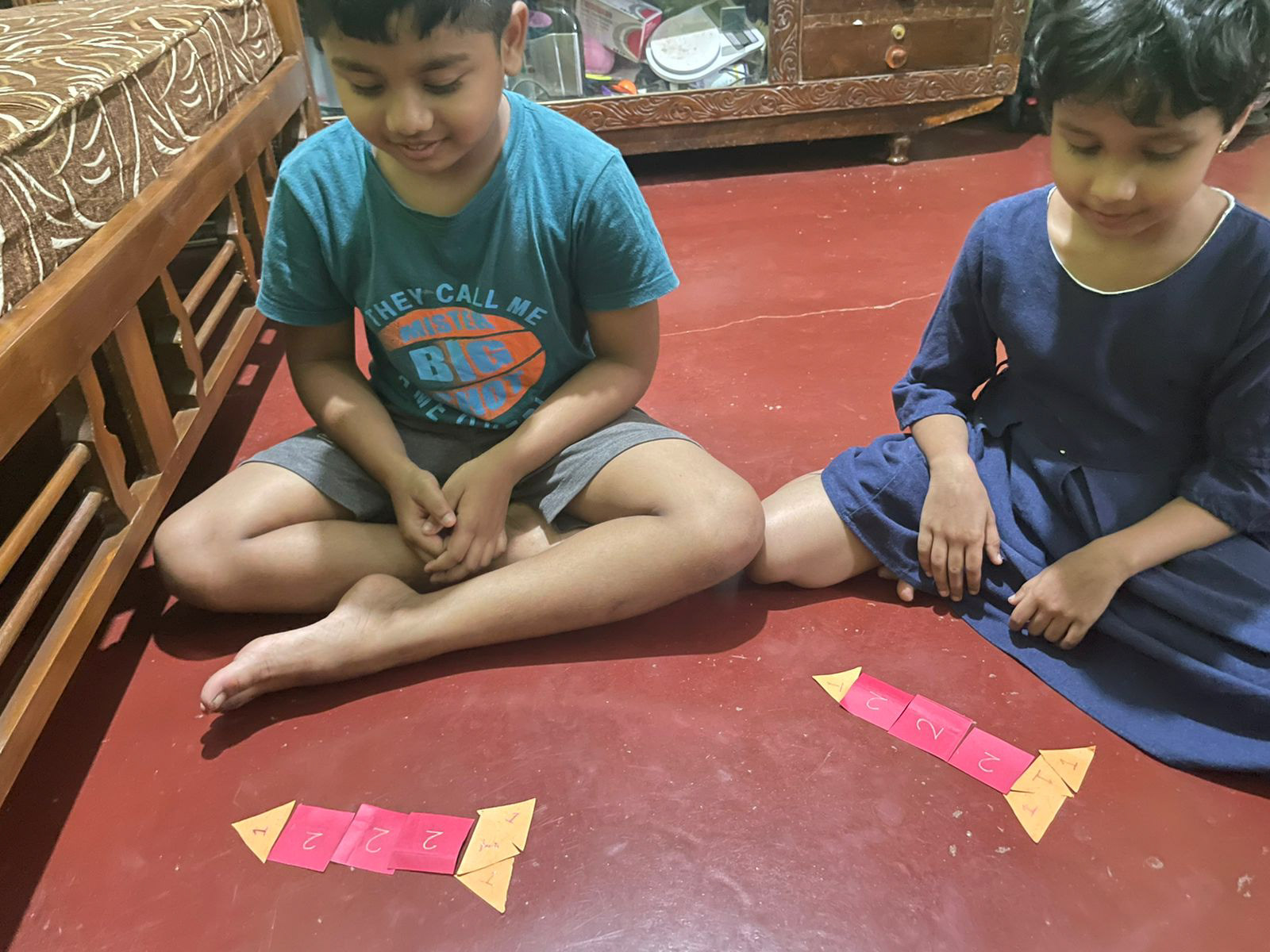
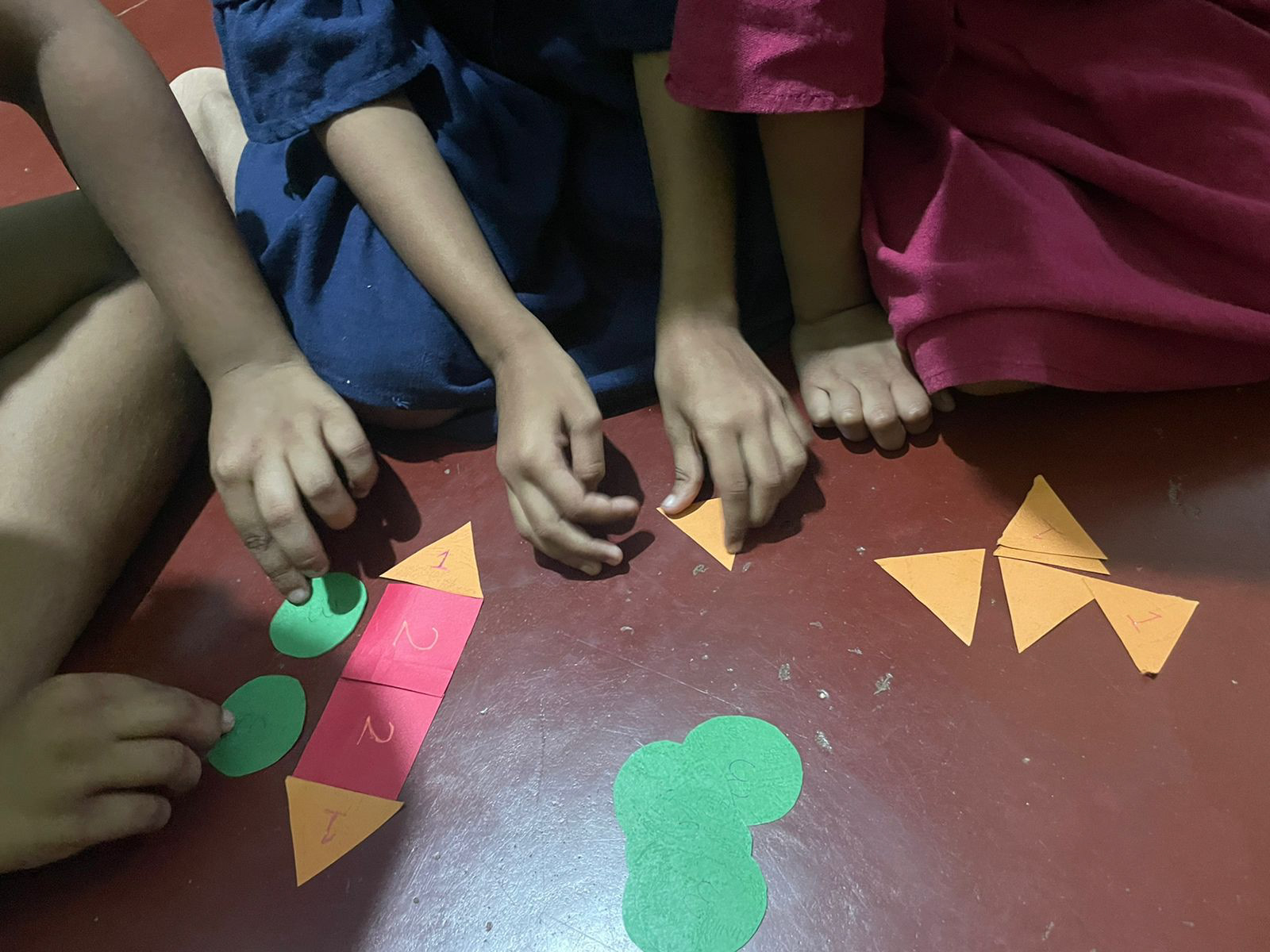

A major insight we were able to gather here was that Sri Lankan children of 5-6 age groups do not have the ability to read and understand English words. Therefore we had to simplify the application layouts so that it has minimum written instructions and more auditory instructions and visual cues that are understandable to them such as arrows and simple icons.
Then we developed our layouts and 3D environments using child-friendly and minimal shapes and colour schemes. After gathering all the necessary information and dimensions for the physical blocks we went on with creating the high-fidelity prototype.
Then we developed our layouts and 3D environments using child-friendly and minimal shapes and colour schemes. After gathering all the necessary information and dimensions for the physical blocks we went on with creating the high-fidelity prototype.
How does it work?
At each level, the game comprises simple activities that have to be executed both physically using building blocks and digitally. All the activities are lined up in a storyline that proceeds seamlessly such as building a rocket, launching it into space, Modifying the rocket to attain a more complex task etc. In all these activities necessary instructions are given to the child via video tutorials. While the child engages in the game, specific data are collected and analysed at each level through the senses that are embedded in the building blocks.
After collecting all these data, the app suggests potential future career paths for the child. This is done by assessing the collected data with the Holland Codes. Afterwards, parents can direct the child in their potential career paths from childhood to their adulthood. In this way, parents can give a chance for their child to become what they are genuinely passionate about and skilled at, rather than forcing the child to become an engineer or a doctor.
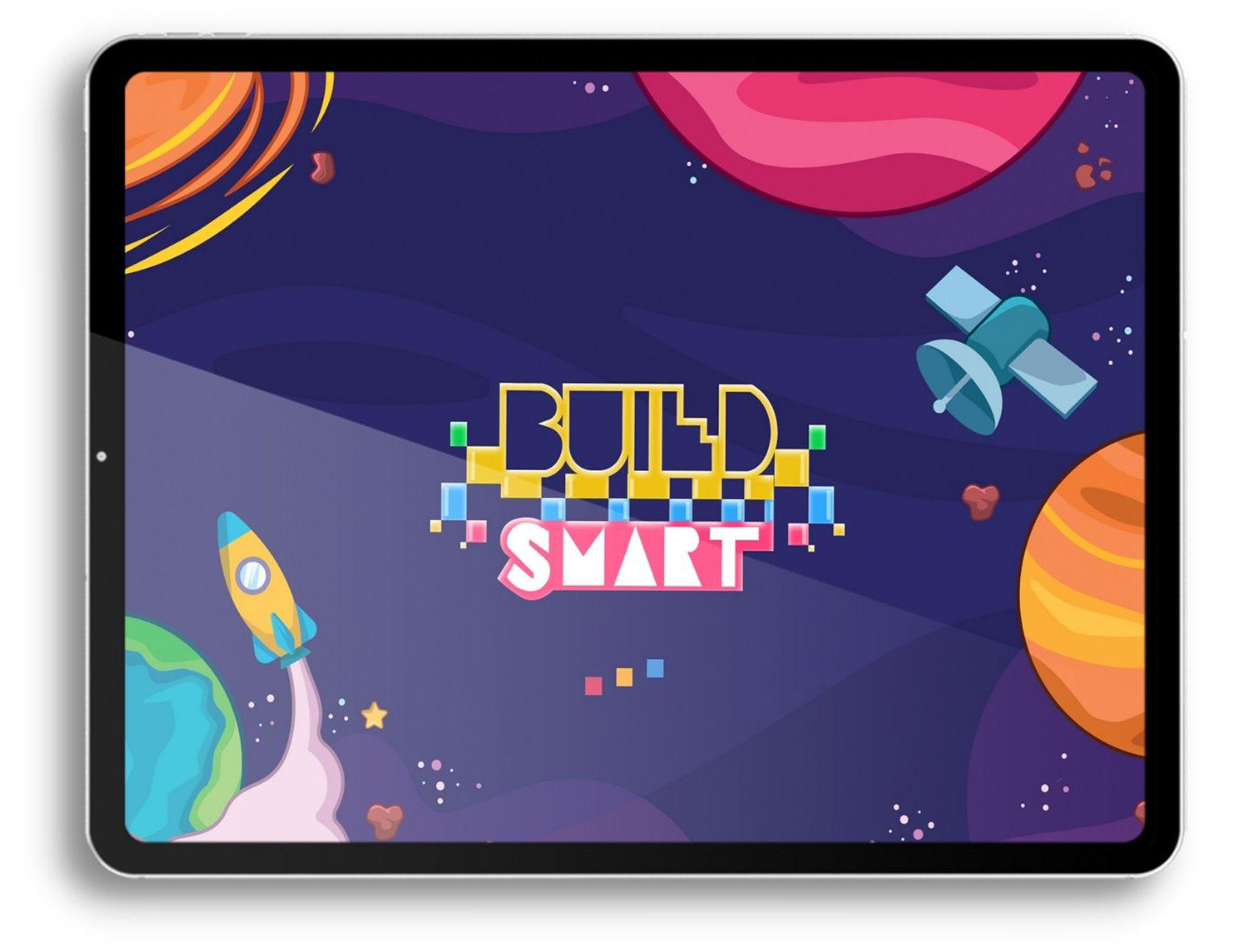



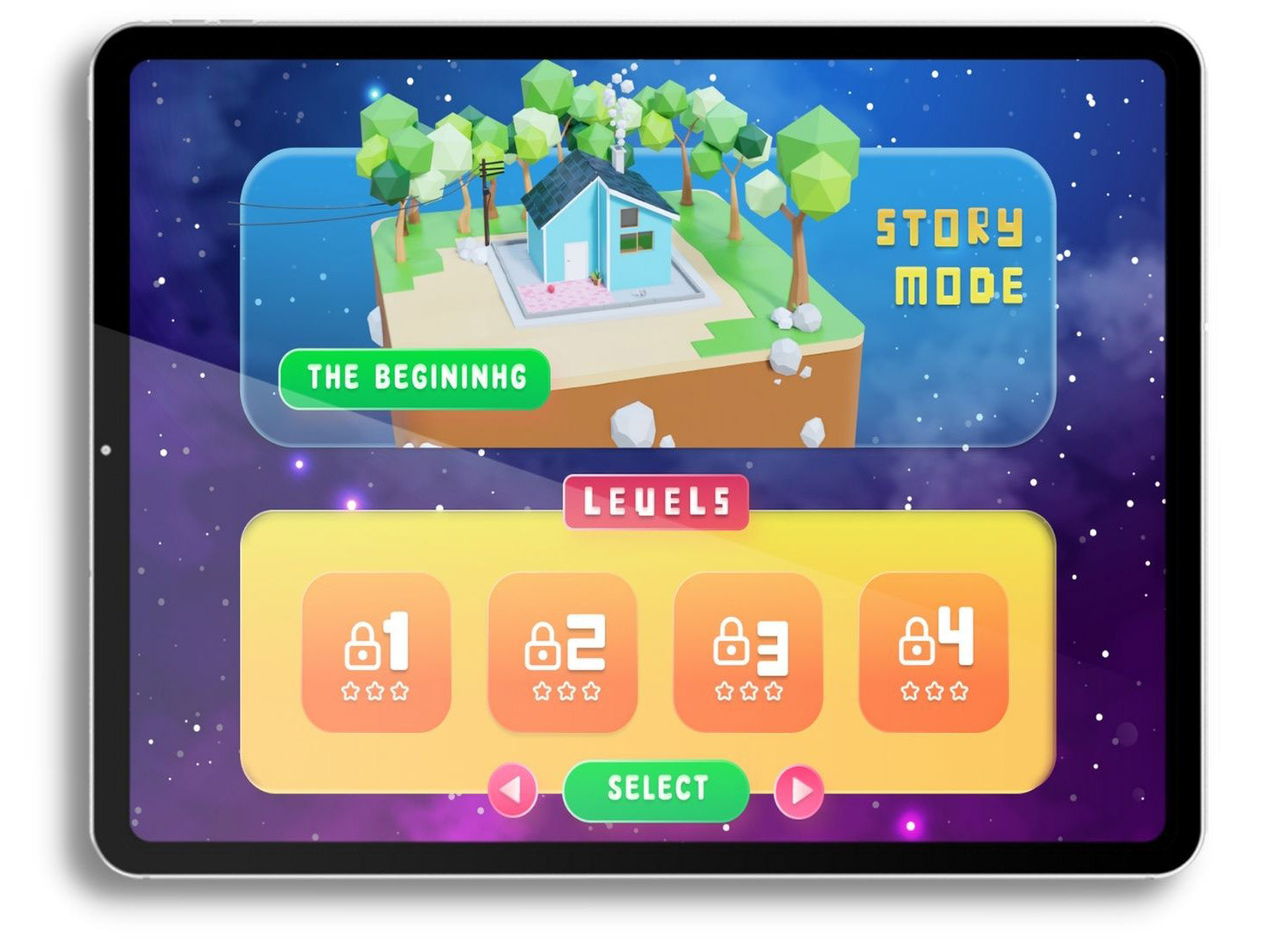
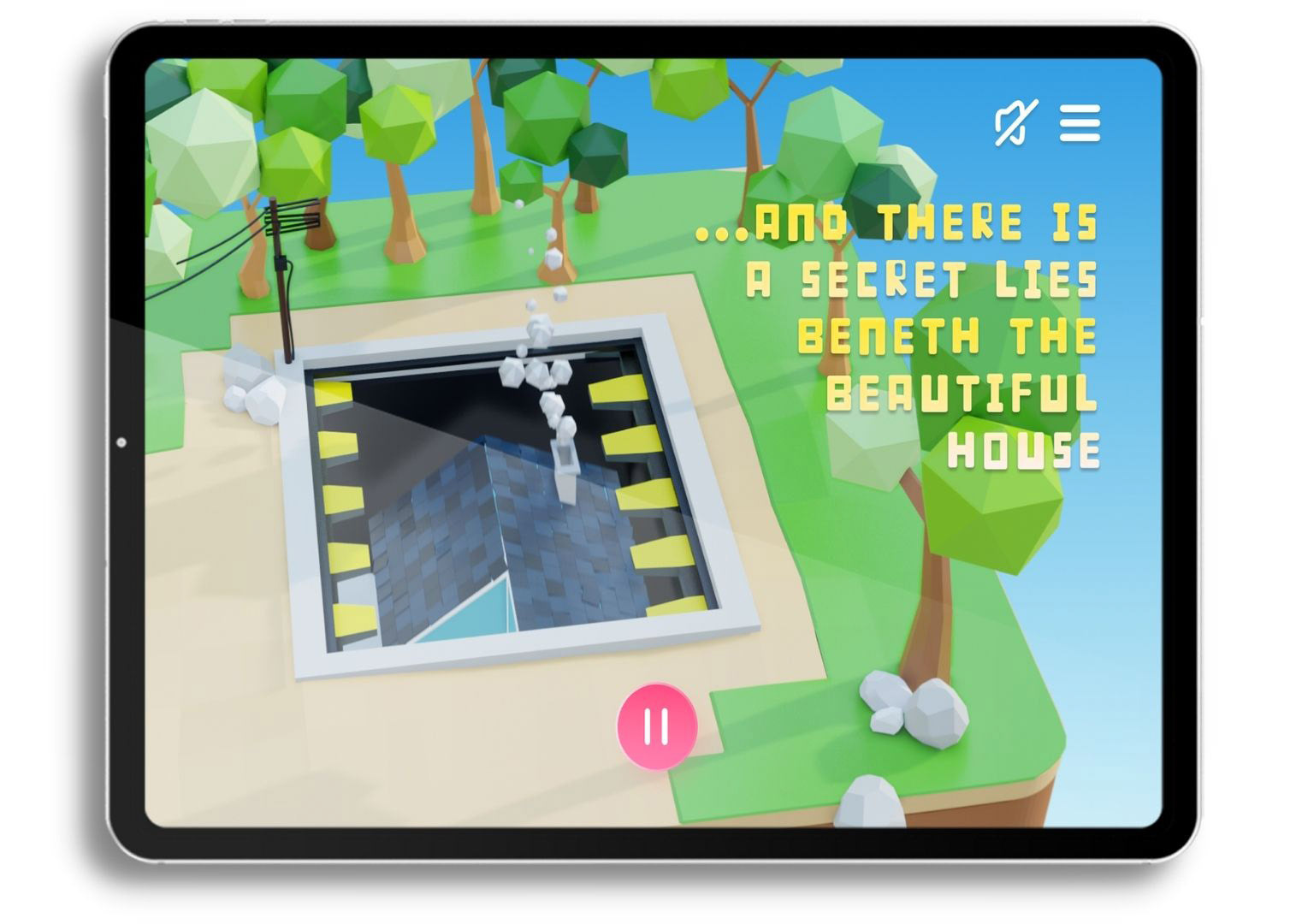

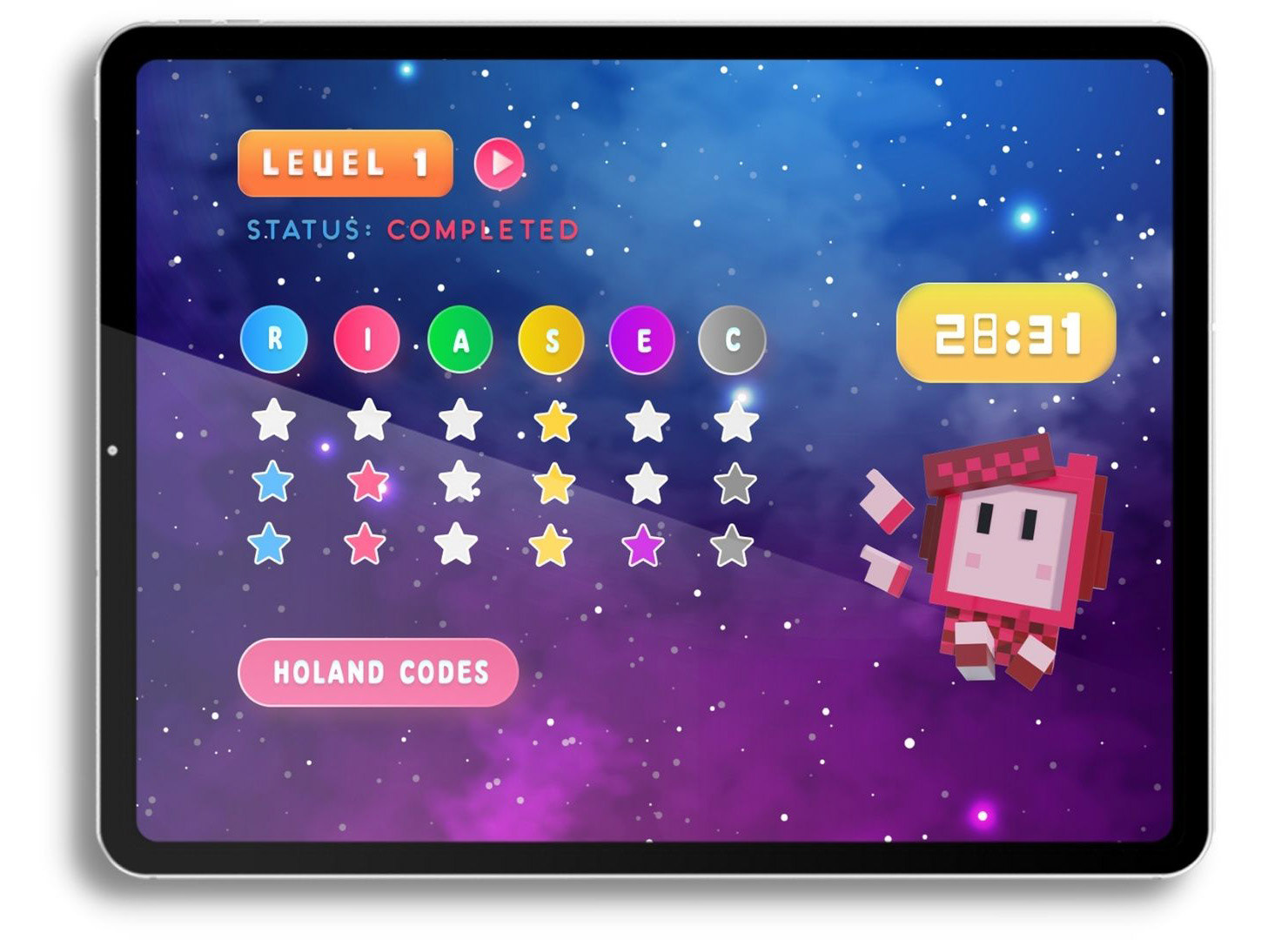
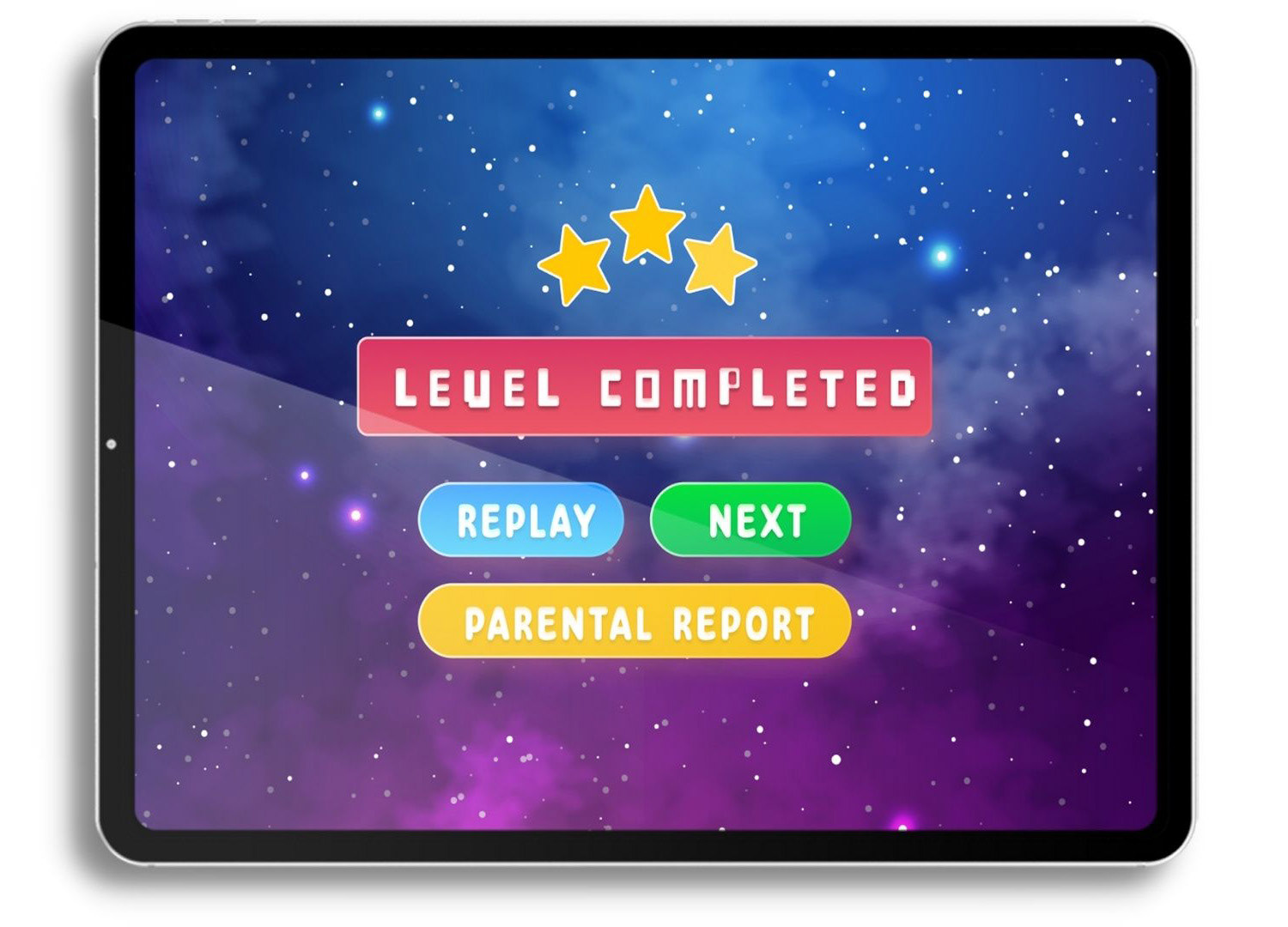
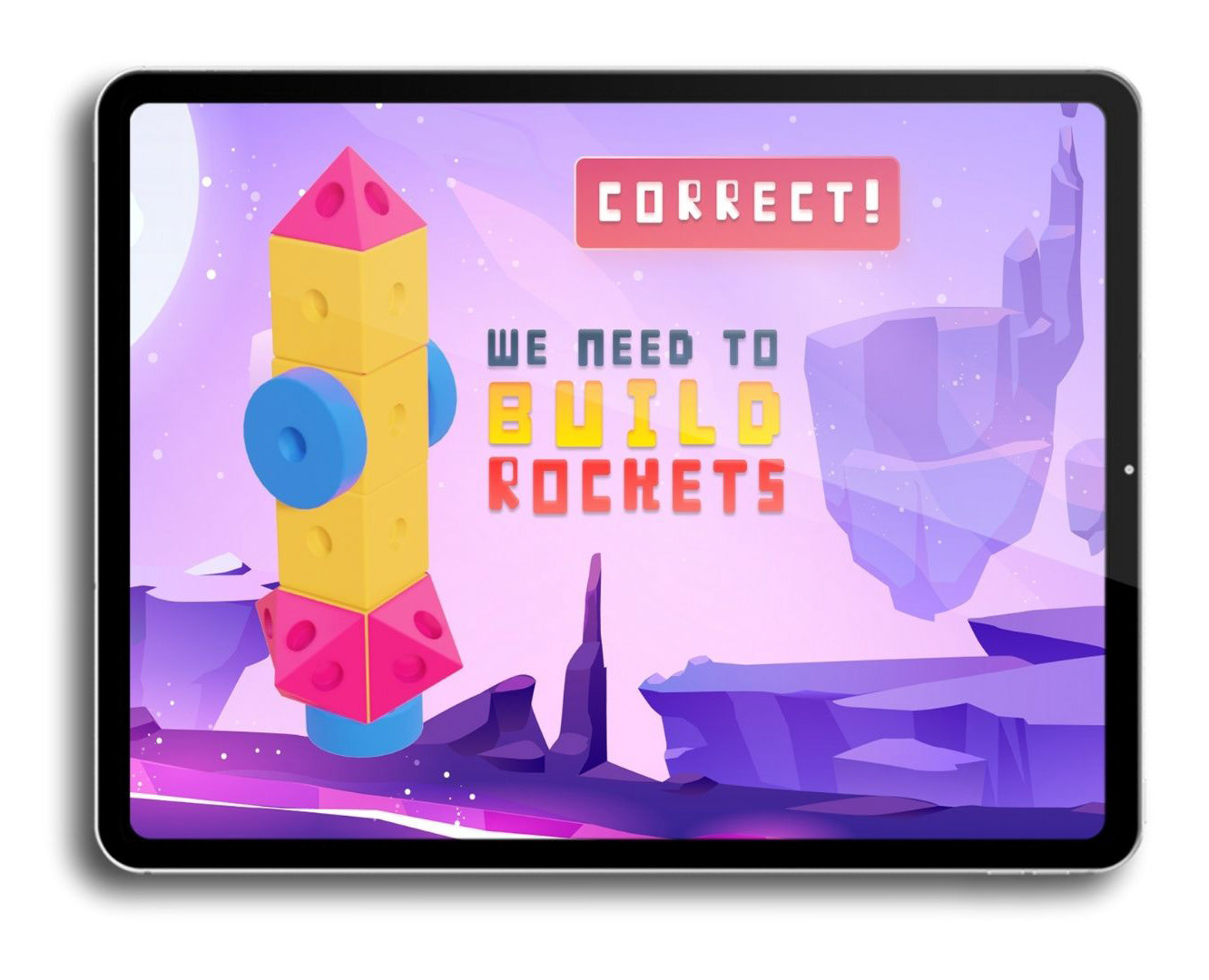
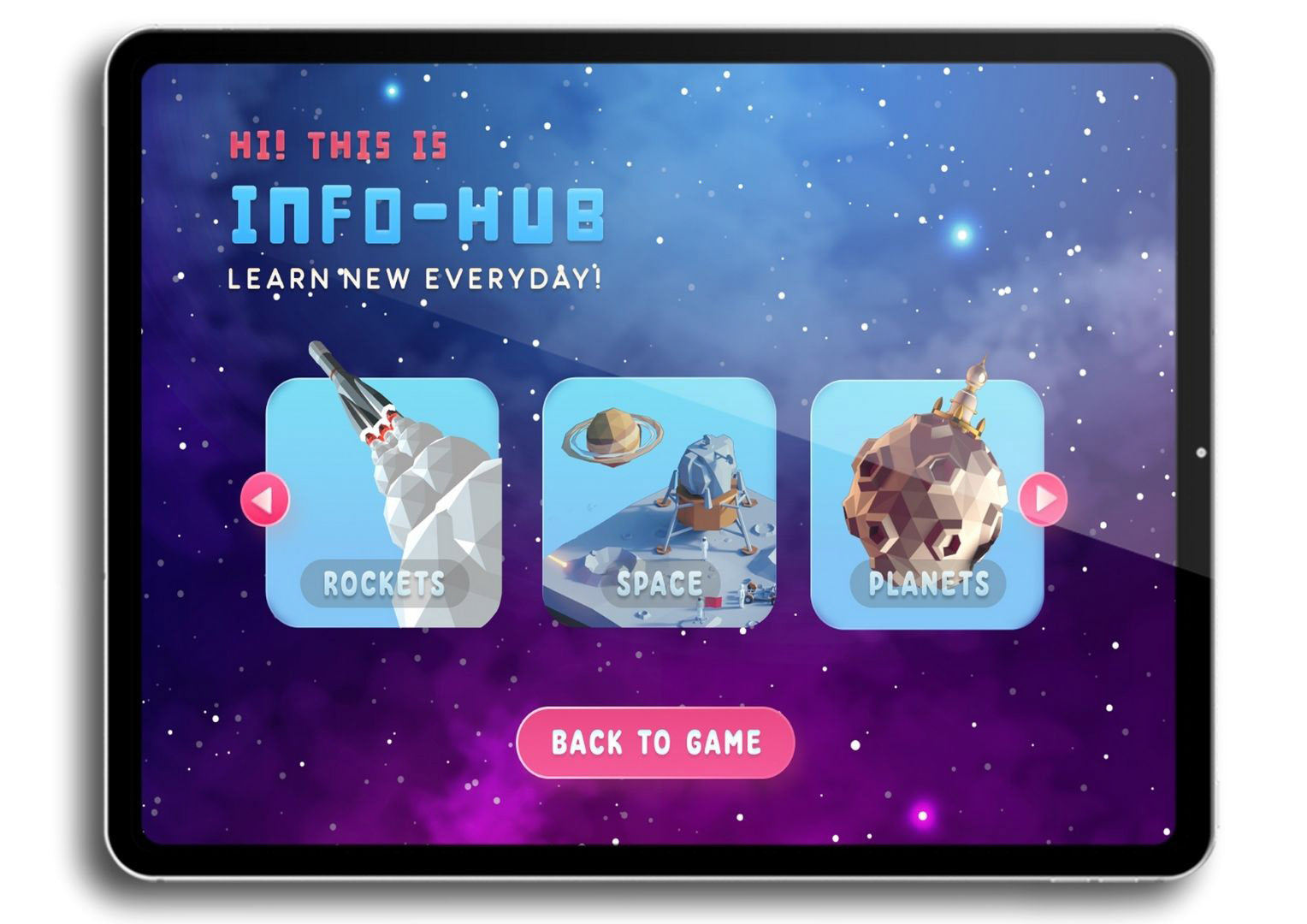
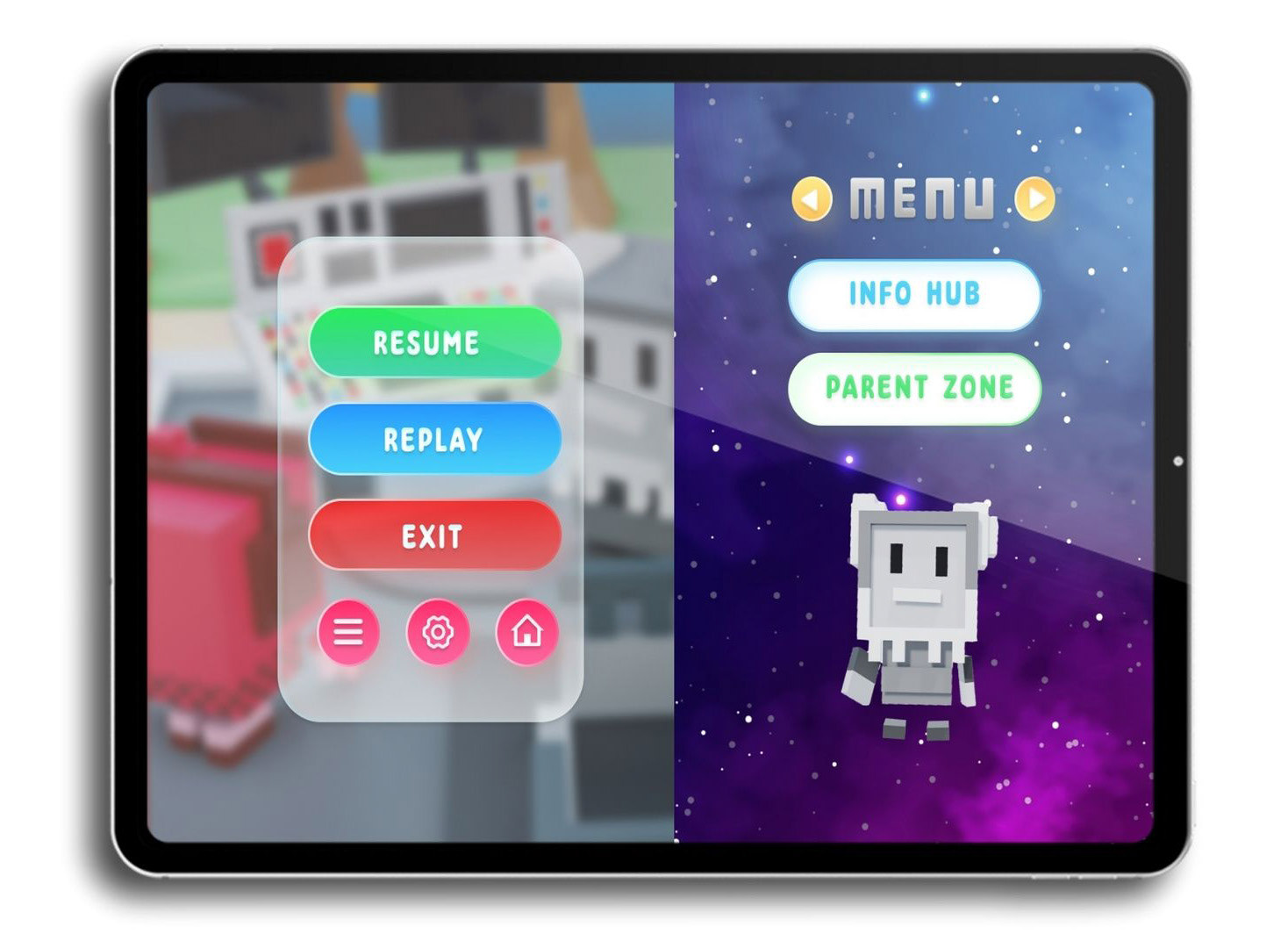
Colour scheme and typography
Learnings and Retrospect
We worked on this project for more than three months. Each error we made when designing the app was an eye-opener for us. In the initial stages, we made errors due to a lack of empathizing with the target audience. As an example, we developed a story mode relating to time travel, but later in the user tests, we came to realise that 5-6-year-old children can not comprehend these complex concepts. Later we altered the story to a more simple space journey.
Also, in the initial development stages, we used wordy instructions to proceed with the game. Later we realised this was a poor design choice since our target audience can not read English sentences yet. To mitigate this, we used short and simple words and more audio instructions.
At the end of the day, designing a child development mobile application by mitigating all the drawbacks was a delightful experience and the smiles the children had on their faces during the final high-fidelity user tests have been the highest reward of all.
